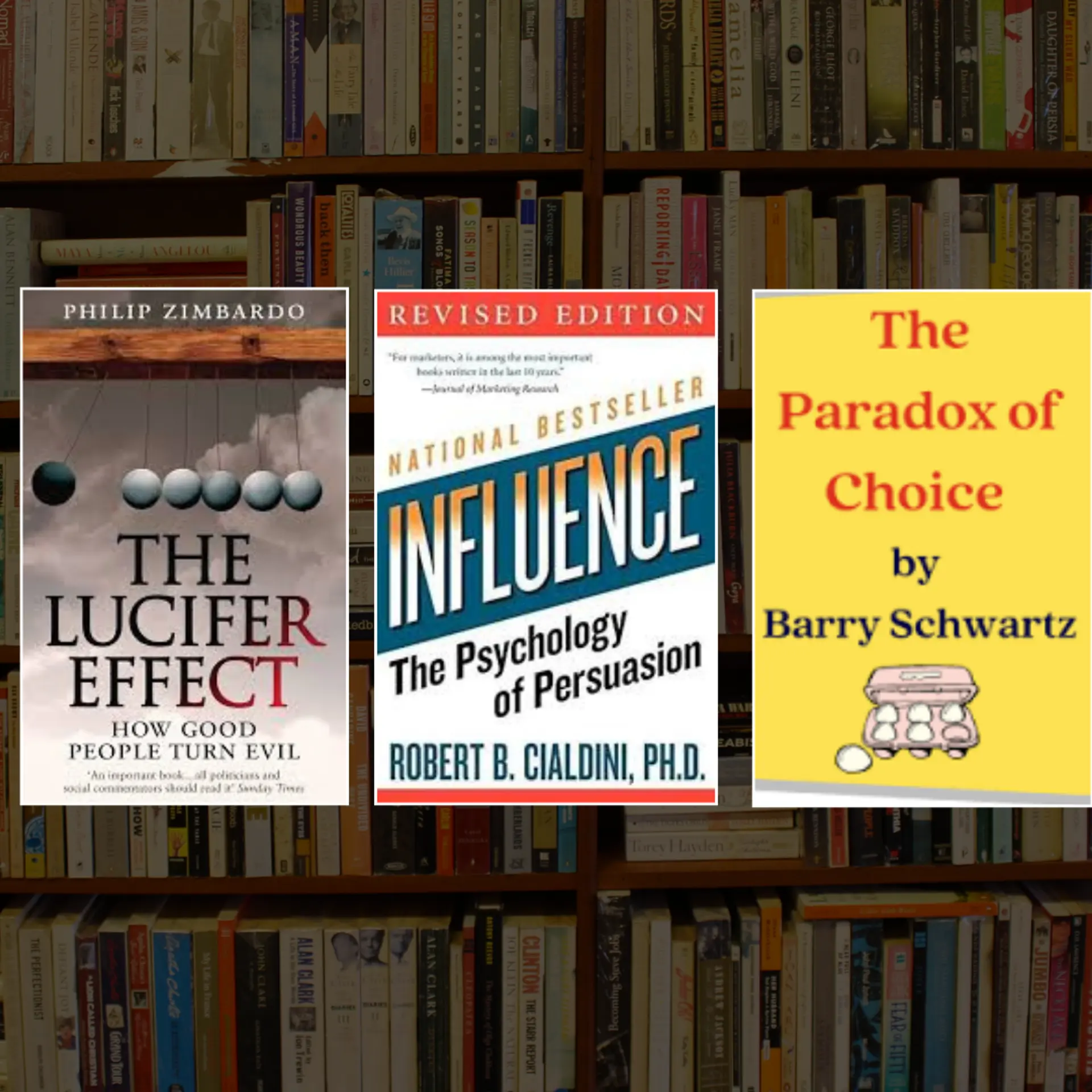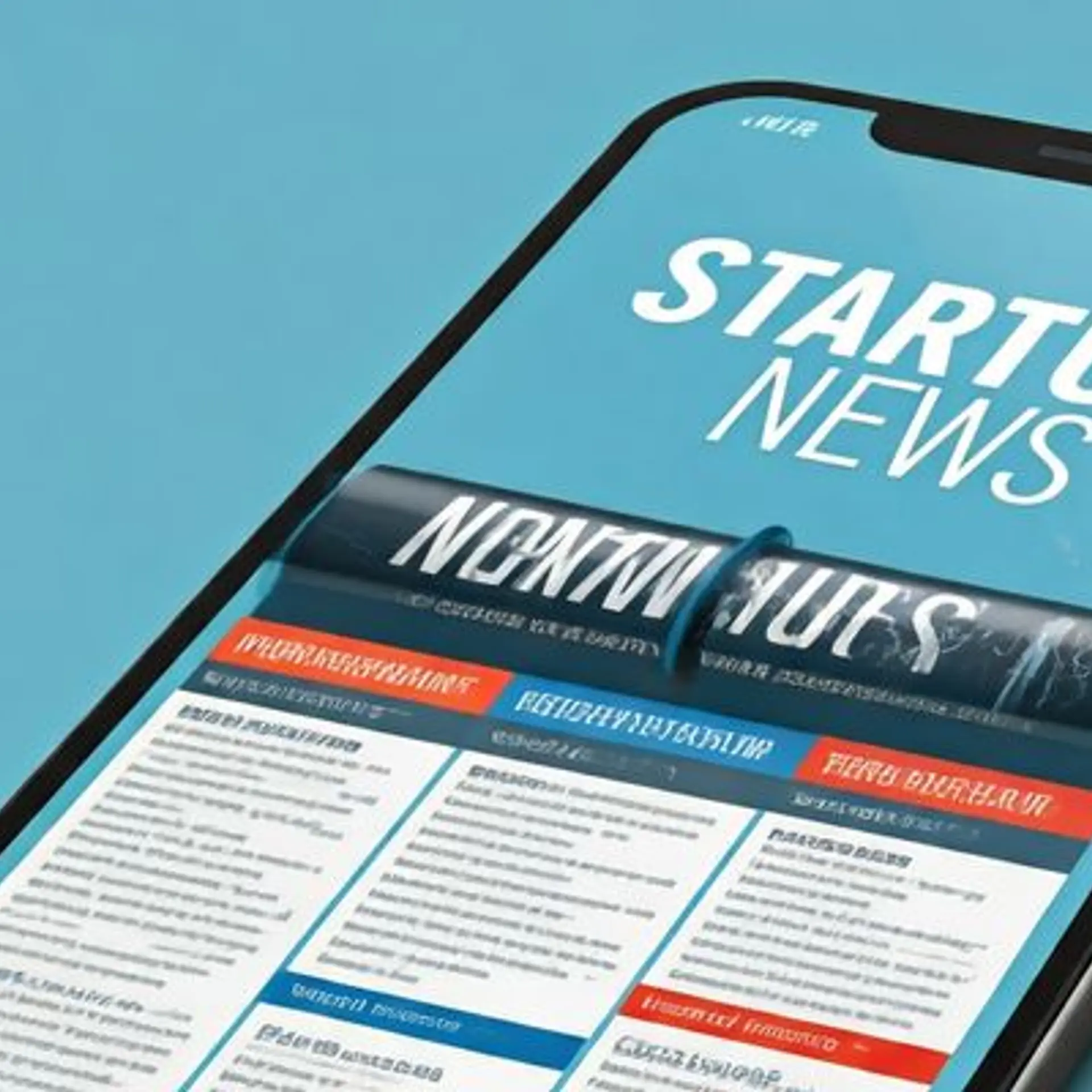Decoding the customer success playbook for B2B SaaS products – Part II
Customer success is one of the most talked-about topics among B2B SaaS circles in India today. During our interactions with founders, however, we’ve realized that it is a lesser understood function when compared to marketing, sales, and product. So, we decided to do a no-holds-barred interactive event for B2B SaaS founders at the Matrix office rooftop in Bangalore a few days ago.
We chose an evenly distributed panel representing companies at different stages of maturity. We are thankful to Ganesh Lakshminarayanan (COO, Capillary Technologies), Shashank Kumar (Co-founder, Razorpay), and Akshat Goenka (Co-founder, DocTalk) who gracefully agreed to be on the panel. Ganesh led an introductory session talking about the basic tenets of customer success, which was then followed by a stimulating panel discussion moderated by Tarun Davda (Partner, Matrix India) who had all the questions.
Part 2 of the two-part series features key takeaways from the panel discussion:
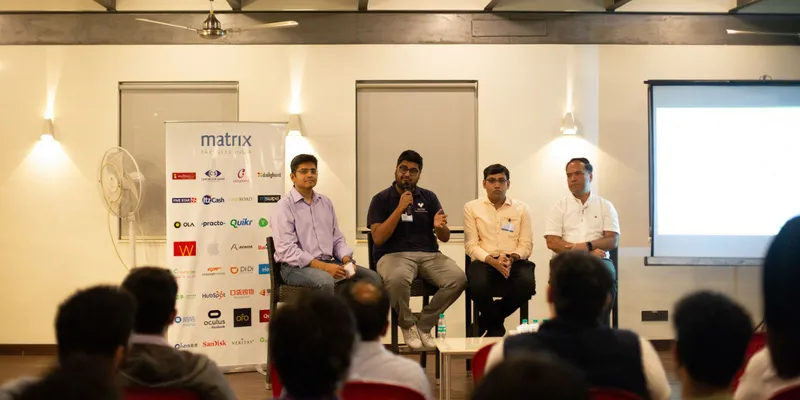
Ganesh Lakshminarayanan (GL): The ROI and revenue index quickly pinpoint to dissatisfied customers or accounts. Any negative change in the account, in these two dimensions, is an early warning indicator for churn. Invariably the relationship score is a better indicator of customer success than the ROI score – people will stay with you for longer because of a good relationship. We measure every CS team member on these two metrics and review the scorecard metrics weekly and check that the relationship score is the same or better. These two, combined with the relationship matrix, helps prevent accounts from leaving.
Shashank Kumar (SK): We’ve tried to define CS over time, and our challenge is that we deal with a varied set of businesses that keep getting larger each year. Today we have 85,000–90,000 customers on our platform. Some of these may be as small as individuals, and some as large as Airtel, Goibibo, and the like. We divide our customers into three buckets (that keeps changing over time as well) – the first bucket is clients who have revenue larger than Rs 50 crore, the second bucket has clients whose revenue falls within Rs 10-50 crore, and the third bucket has clients who are below a certain revenue level.
Our focus approach for each bucket also varies – the larger the business scales, the tougher it gets to operationally manage them, so with a large client, you need to have touchpoints across teams (product, technical, finance). For the smaller set of clients, we determine the onboarding period and check if we can go live in 10 days or three months, depending on the complexities of the business. We define 10-12 parameters that are very specific to our business, based on which we write a customer success guide, and the parameters have been created as per our experience of working with clients over years.
One important parameter is that if a business has the potential to do Rs 100 crore GMV through our platform, what are they typically doing right now, what problems are they currently facing, how can we solve those, and over time increase our payment share as a natural process and not via upselling. This payment share becomes a key metric in our CS. For smaller clients where we have low touch points, NPS does come in. Communication with small clients is lower, and the user behaviour on the dashboard funnel is what we study to understand their requirements and how we can best optimize.
We have created certain metrics to be measured via the dashboard to assess CS. The biggest challenge is defining the CS metric to measure for the second bucket which has the largest number of our clients.
Akshat Goenka (AG): Let me first explain the model behind DocTalk. We onboard doctors who then evangelize our product to their patients. So, the success of doctors or our customers is directly based on the number of patients onboarded, and that is revenue for us. So, CS for us is a B2B2C model and should be very data-driven (we’re getting there), and simultaneously is very product-usage-driven. What I mean by that is that we regularly try to track that if 10 people walked into the clinic how many of those 10 are downloading our app? Is the doctor recommending it? Are they seeing our logo on the prescription pad? Is the receptionist somehow indirectly or directly working for us and adding patients as leads for us? After they’ve been added as leads, how many of those are subscribing to our app, and how do we get the doctor to further evangelize it?
That is the core of CS in my opinion – gathering all your existing customers and promoting them towards a better ROI, which is, “How do I make sure that the doctor engagement is so high that s/he is directly explaining our product to their patients?” As the company grew, we approached the problem similarly to how Shashank mentioned they did with Razorpay – we created a grading method and graded our doctors over three types of grading, and that determines our touchpoint. We cannot go after a GP the same way we would go after a paediatrician or cardiologist, and CS is driven by who you are selling to.
If you can get your sales model correct, CS becomes much easier. If you can manage to look at how your customers are growing, you can build cohorts very easily. You can influence them in the right manner with the right number of touchpoints, and this helps create a sales funnel.
I agree that NPS is a lagging indicator, but there are certain aspects of physical onboarding for which NPS is key, and if done in a timely manner, it has proven to be useful to get an idea of who to focus on and why. To identify how to exactly go about CS, you need to meet with your customer very, very frequently – that combined with NPS is important at an early stage.
The biggest risk founders take in CS is defining it as inside-out. More focus is given to how good the product is when, actually, CS is defined by higher revenue and lower cost. It’s very simple – your product should help your customers sell easier, make higher revenue, and reduce cost. You must ask yourself two questions – what your customer will do with your product, and how is it helping their business.
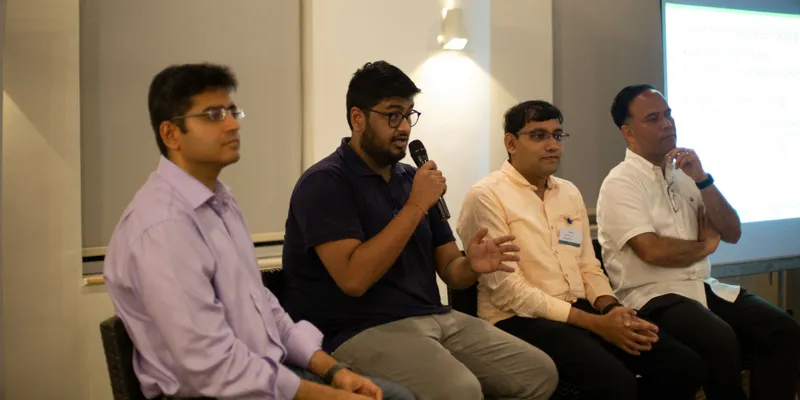
GL: The direct correlation can be made through their P&L. What element of their P&L are you touching? Can you break what you are influencing, even if its indirectly through two-three degrees of separation? If because of your product, they can do their jobs better, which is influencing a part of the P&L, and if because of you, they are looking like heroes, your job is done.
SK: That’s exactly how we do it as well. One direct measure is what percentage of revenue we are generating. Other measures are have we reduced your operational support tickets regarding payments/e-funds, have we reduced your technical operations, or how do you rate the dashboard and other operational aspects, etc. So, these are the hard metrics we try to measure for ourselves.
AG: Our primary driver is the revenue – are the doctors making enough money through DocTalk. That’s the only way we drive our revenue as well. Of course, there are other metrics, our secondary KPIs, which we track that indirectly influence our primary KPIs. In our case, product usage is what evangelizes the revenue over time.
SK: We have a CS team, we have a CS lead as well who is not at a VP level but at a senior manager level, and we’re now thinking of hiring a VP. In our case, we introduced CS when we realized that these relationships are there for the long term and we want them to last for years. The product person cannot be talking to them every time. Once a client is onboarded, helping them figure out the product-client fit is different for industries. As the market evolves, it’s our job to educate customers on this and how to leverage it. That’s when we introduced a CS team.
GL: As a company, you need to have at least 5 million USD to start with. Someone bringing in new revenue, someone protecting existing revenue, and having someone whose job is to worry about churn – that is CS in an early-stage company. Hiring a VP CS only means hiring managers below with no process or system in place. The tools and data come first, and then the VP.
AG: It depends on the industry you’re in. A product that has all its sales online, and you’re in B2B SaaS – it makes sense. But for DocTalk, where our model is B2B2C and doctor-driven, you do need a CS team to train the receptionist, get the clinic in order, get the doctor on board, etc. No product is going to allow you to self-onboard and do all this. It strongly varies by the market, the product, and the offline element that your product has. The second things go offline, shit hits the fan. The CS managers are tough to deal with, but if your model needs it, it needs it. A ‘feet on the street’ CS team has worked for us, and with the offline element, we’ve hired senior CS people to join us early-on to set the process and not lose out on touchpoints.
TD: It varies on the company size, the vertical you’re in, and the kind of customer you’re targeting. It’s very important to segment your customers and create a unique customer engagement strategy for each category. It could be high-touch with weekly or daily engagement, or even as low as just email support. It’s a horses-for-courses situation, and no one size fits all.
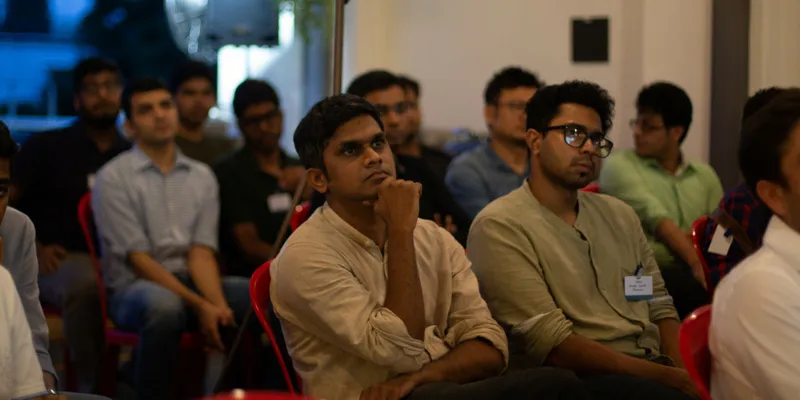
GL: I have four CS people as leaders – their focus is on revenue and net cash. We don’t have sales targets or believe in CS team upselling.
SK: Our first metric is conserving – it is completely driven on revenue and gross profit. If we know a client has x potential, CS must drive it to that much revenue and GMV. Once a relationship is established, two other metrics come in: churn and cross-sell/upsell. Whatever products are launched, we don’t have a separate team for them, and it’s driven by CS. We set up targets through upsell/cross-sell and derive how much of it can be achieved.
AG: Its similar for us. The number of transactions happening with each account manager is tracked, and we also have a part of our targets based on compliance.
AG: We were very worried about this. We had one CS person who had all our top clients, and we would worry that if she wanted to move, how that would play out. That worry stems from a place where your product is not completely immersed with your customer, and the value proposition is not being realized. If the client is habituated to your product, which is the long-term goal of CS, then this is not a worry. Having processes and systems in place helps, though it’s a worry we have on a regular basis. But it just means that your product needs to get that much more embedded with your customers.
GL: It is a reality – wherever your champion is going, your accounts can go, and the only thing you can do is to hunt and replace those accounts.
SK: It’s a real problem for us. Over time, what we have figured is that our product touches multiple departments, and we try to map the CTO, CPO, and CFO to it to ensure we have a relationship with all the key guys. We can’t afford to have any of them unhappy. Initially, you can have a champion who has a hold over all the top accounts for the first 3-6 months. Once you cross a certain threshold, we ensure more people from our teams (product, finance, etc._ are directly engaging with the key senior people of our clients. That ensures that you have access to the company if you lose your champion and can build internally to replace them.
NOTE: This piece is by no means intended to be the gospel on Customer Success, but we hope to start a conversation. Opinions and thoughts are welcome. If you are a B2B SaaS founder, we’d love to hear your story – just drop an email to [email protected].
Raghav Nagarajan is Senior Associate at Matrix Partners India, where he leads SaaS investments.
(Disclaimer: The views and opinions expressed in this article are those of the author and do not necessarily reflect the views of YourStory.)




